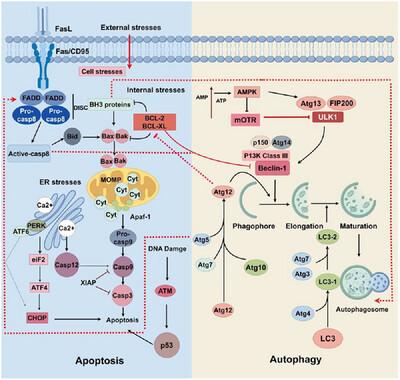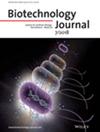Effect of Apoptosis and Autophagy on Recombinant Protein Expression in Chinese Hamster Ovary Cells
Abstract
Chinese hamster ovary (CHO) cells serve as a cornerstone platform for producing diverse therapeutic recombinant proteins, including monoclonal antibodies, vaccines, and hormones. Apoptosis and autophagy emerge as critical biological factors that directly impair cell proliferation and limit recombinant protein production. These cellular processes diminish CHO cell viability and reduce culture density, ultimately compromising protein yield and product quality. While apoptosis and autophagy exhibit distinct molecular mechanisms, they demonstrate functional interdependence in cellular regulation. This interrelationship highlights the importance of coordinated pathway modulation as an effective approach to improve both cell growth performance and recombinant protein synthesis. This review examines the complex interplay between apoptosis and autophagy pathways, their collective impact on recombinant protein expression, and contemporary strategies for developing stable anti-apoptotic/anti-autophagy cell lines. Through systematic analysis of these critical elements, we present optimized engineering approaches to enhance CHO cell culture systems and biopharmaceutical manufacturing processes, with the goal of facilitating more efficient therapeutic protein production.
SUMMARY
-
Crosstalk mechanisms between apoptosis and autophagy in CHO cell cultures.
-
Recent advances in real-time monitoring of apoptosis and autophagy.
-
Strategic mitigation of apoptosis/autophagy to improve recombinant protein yields.




 求助内容:
求助内容: 应助结果提醒方式:
应助结果提醒方式:


